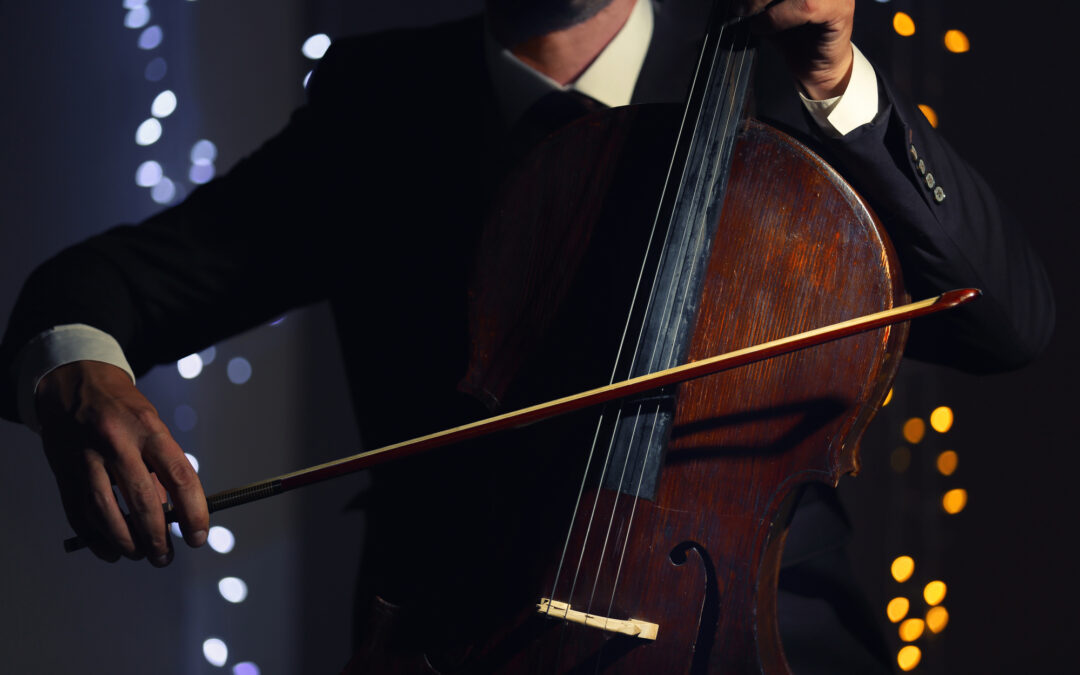What Is Klezmer Music? When Is It Typically Played? What Are the Different Types of Dances?
At many Jewish celebrations, there’s some type of dancing. Often, those dances are accompanied by klezmer music. Though klezmer music saw a revival in the late 20th century, it’s been a part of Jewish culture and tradition for a long time.
What Is Klezmer Music?
Klezmer is a musical form that originated with the Ashkenazi Jews in Central and Eastern Europe. Technically, the word klezmer evolved from the Hebrew term for “instrument of the singing,” and first appeared in the late 1500s. In common usage, though, the term was unfavorable, essentially slang for thief, criminal or bum. It was typically used to describe a street person who played bawdy or vulgar music.
The traditional klezmer band included multiple instruments, most often a violin or two, an accordion, a clarinet and a bass drum. Other instruments commonly added include a tuba, trumpet and even a hammered dulcimer.
What Makes Music Klezmer?
The essence of klezmer music is its style. It is almost exclusively instrumental—vocals are extremely rare. In the long tradition of klezmer, most musicians could not read or write music, so it has always been a somewhat improvisational form, though most klezmer musicians have a powerful sense of how the music should be performed. It is not entirely free form. The actual sound of the music often vacillates between an uncontrolled exuberance and a mournful wailing, as the musicians attempt to use their instruments to verbalize their emotions.
The Historic Repertoire of Klezmer Music
More often than not, klezmer is the music of dance. The most well-known dance that incorporates klezmer music is the hora, a circle dance traditionally performed at Jewish wedding receptions. The hora can often last for hours, so it requires considerable stamina from the musicians. Klezmer music has also been long associated with Russian, Polish and Spanish waltzes.
Other common dances accompanied by klezmer music include:
- The Freylekh—Similar to the hora, this circle dance can be found throughout Eastern Europe
- The Sher—Originating in Germany, this is a contra dance, where long lines of couples are typically led by a caller and go through a sequence of learned dance moves
- The Bulgar—Probably the most popular klezmer-related dance in America, it can be in a line or circle, or may be done individually by couples
- The Kolomeike—This fast-paced form of Klezmer dance may be the national folk dance of the Ukraine
- The mazurka and polka—These popular Polish and Czech dances often rely heavily on an accordion, but are really a form of klezmer dance
Klezmer music will frequently be played in non-dance contexts, whether as a march or processional, for spiritual enhancement or even during the seating of the bride in certain traditions.
The Klezmer Revival of the 20th Century
Klezmer music virtually disappeared in the wake of the Holocaust. The late 1970s, though, saw a revival, as a few surviving klezmer musicians inspired a new generation. Over the past half-century, klezmer music has crossed genres to create entirely new sounds, many involving avantgarde jazz, but also including New Orleans funk and Middle-Eastern fusion.
The Influences of Klezmer Music
Music scholars say klezmer has informed the work of many great composers of the 20th century, from Aaron Copland and Leonard Bernstein to George Gershwin and Gustav Mahler. Among the legendary musicians who have integrated forms of klezmer into their playing are jazz greats Benny Goodman and Artie Shaw.
Gutterman’s and Gutterman Warheit—Compassionate and Comprehensive Service for More than 125 Years
At Gutterman’s and Gutterman Warheit, with funeral chapels in New York and Florida, we have provide funeral and burial services to the Jewish community for more than five generations. We understand that funeral and burial customs vary from tradition to tradition and will take the time to get to know you, so that we can help you honor your loved one and respect your faith. We offer assistance with all matters arising after the death of a loved one, from the order of service at the memorial to the selection of a casket or monument. We can also help you make preparations for sitting Shiva or create a Yahrzeit calendar. We’ll be your liaison with the Chevra Kadisha, ensuring that the body has been prepared according to Jewish law before interment.
To learn how we can be of assistance, contact us by email or call us at one of the numbers listed below.
Gutterman’s & Gutterman Warheit — Where Relationships Matter
Family Owned and Operated Since 1892
Rockville Centre: (516)764-9400 | Woodbury: (516)921-5757 | Brooklyn: (718)284-1500
Boca Raton, FL: (561)997-9900 | (800)992-9262

